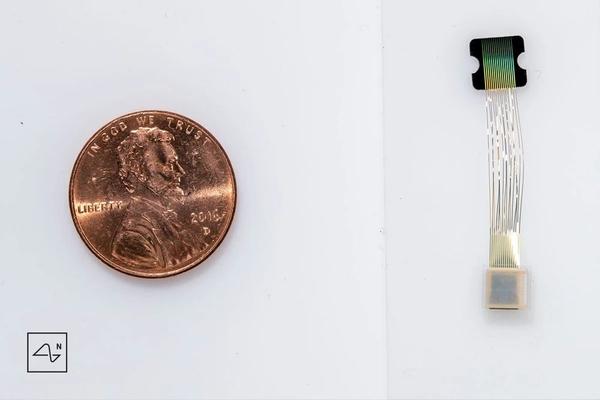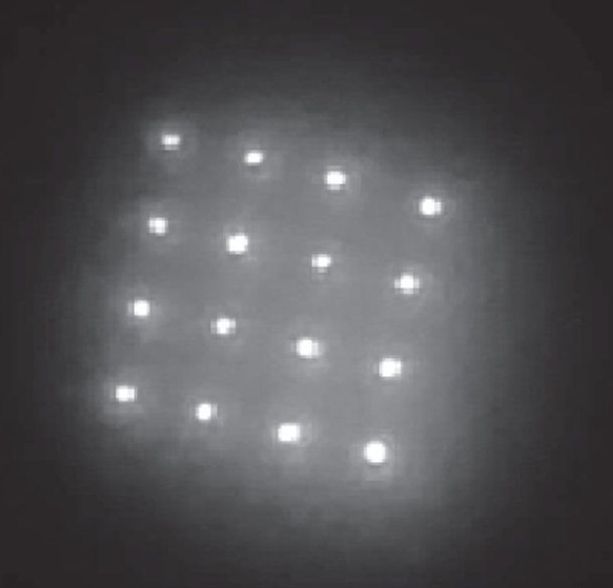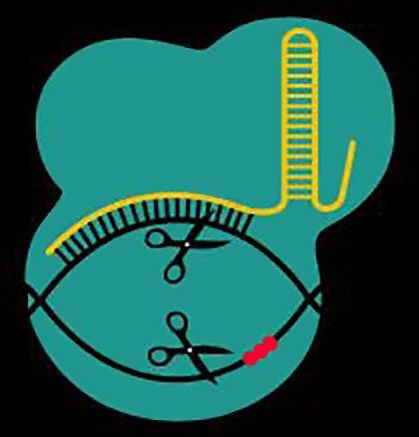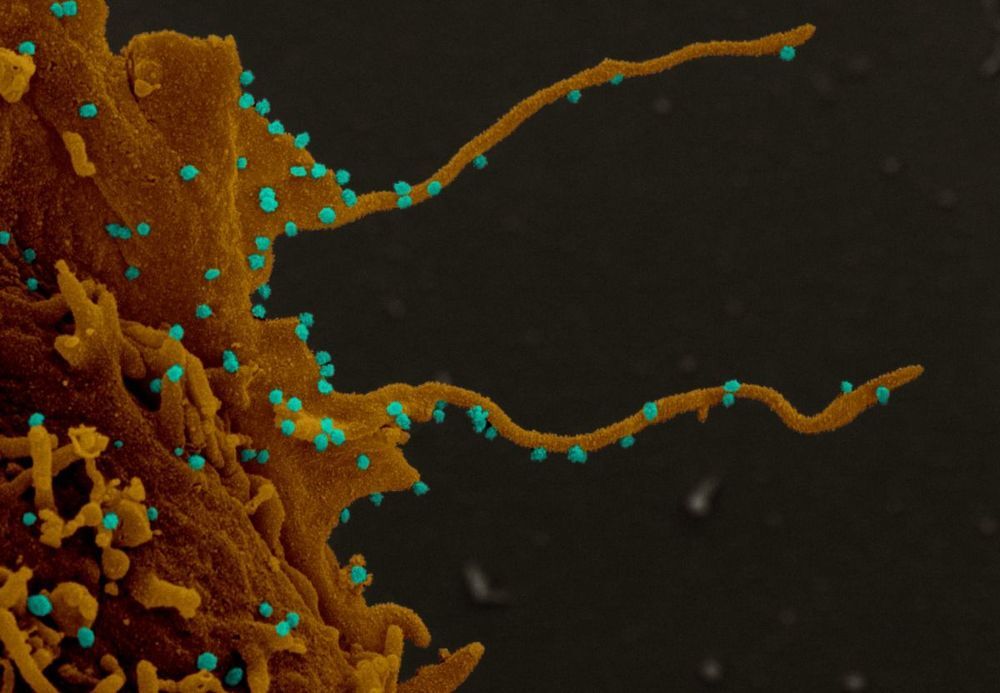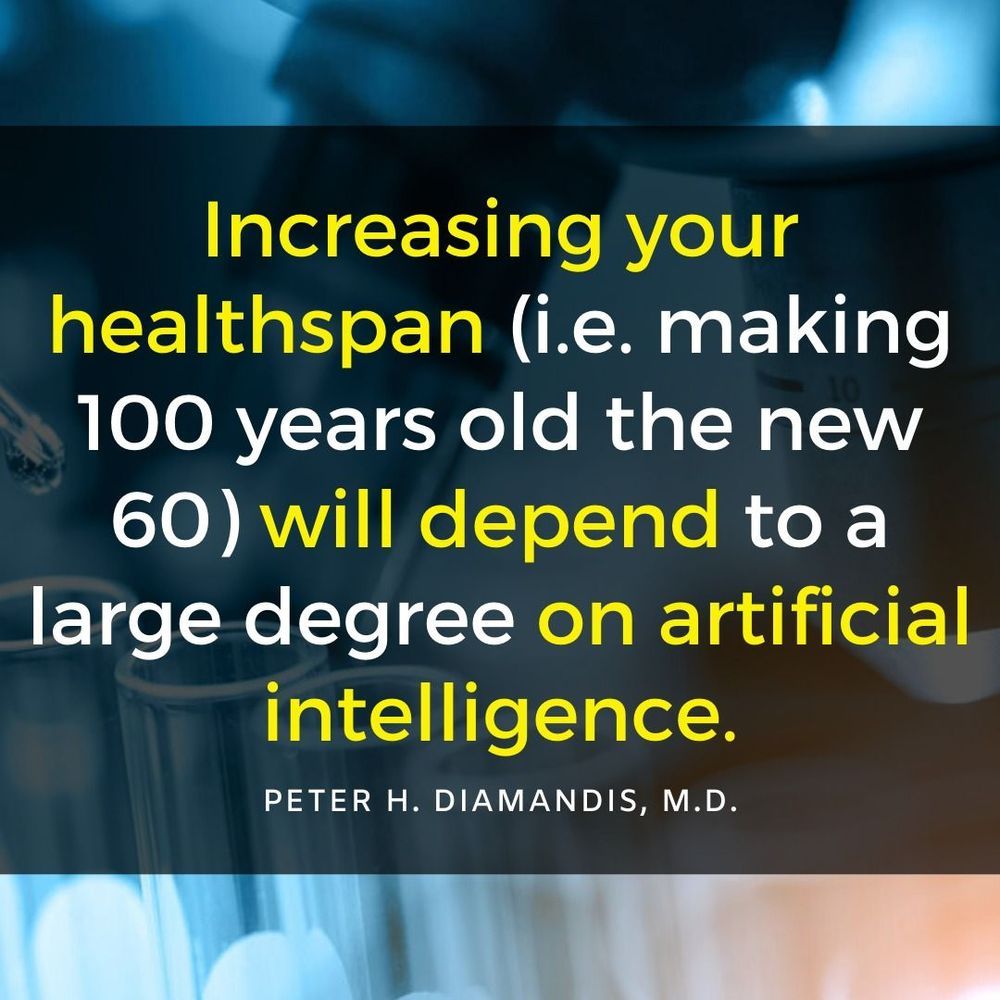These non-random epigenetic changes imply that evolution has a “mind.” Creatures appear to have complex mechanisms to make epigenetic changes that allow them to adapt to future environmental challenges. But where did this forward-thinking design come from? Evolution is mindless; it cannot see the future. So how could it evolve mechanisms to prepare for the future?
But God does! God is omniscient (all-knowing), and He foreknew Adam and Eve would sin. He would judge that sin (Gen. 3) and the world would be cursed (Rom. 8:22). God knew that organisms would need the ability to adapt in a world that was no longer “very good.” God likely designed organisms with epigenetic mechanisms to allow them to change easily and quickly in relation to their environment. These types of changes are much more valuable than random mutation and natural selection because they can produce immediate benefits for offspring without harming the basic information in the actual sequence of DNA.
Although we often hear that “nothing in biology makes sense except in the light of evolution,” it should be said that “nothing in biology makes sense without the Creator God.” Epi genetics is an exciting field of science that displays the intelligence and providence of God to help organisms adapt and survive in a fallen world.

